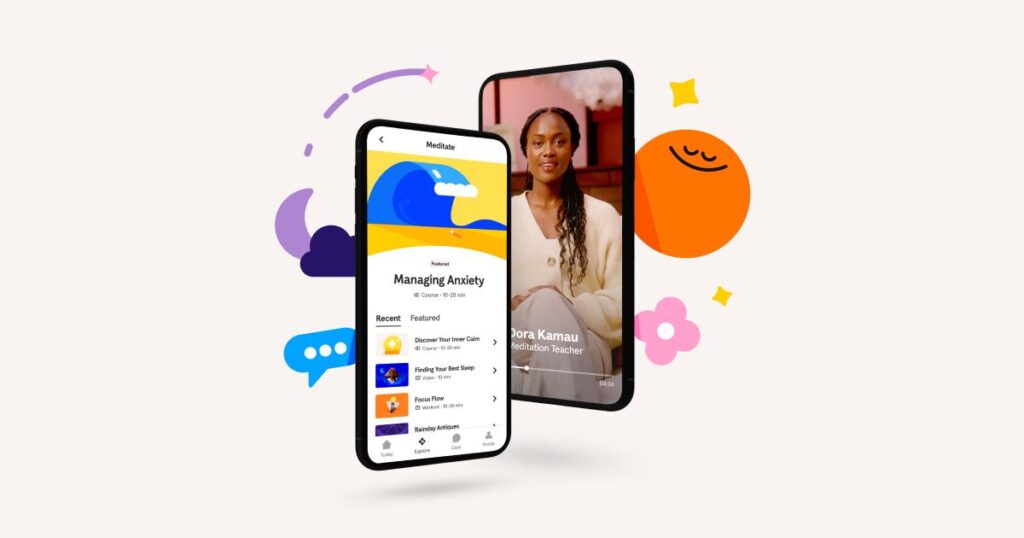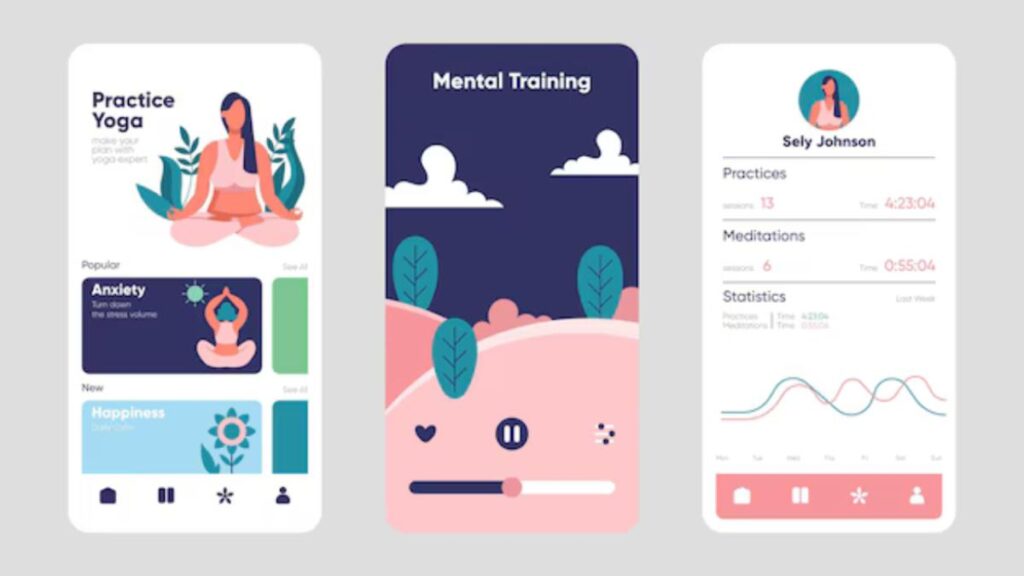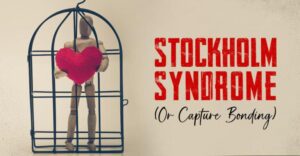Deadlines, alerts, multitasking, and mental clutter are all part of modern life. Humans require quiet, presence, and mental clarity more than ever as digital noise increases. Amidst all of this, mental health applications have emerged as a ubiquitous solution, offering practical emotional support right in your smartphone.
These apps can change how we deal with stress, anxiety, and distraction, whether it’s a soothing voice leading you through breathing techniques or a focus-building exercise to help you overcome procrastination. You can now take tiny everyday efforts toward mental equilibrium instead of waiting for a crisis.
Table of Contents
ToggleTop-Ranked Mental Health Apps in 2025

Here is a quick table comparing the best mental health apps available in 2025, especially for calming the mind and enhancing focus:
| App Name | Best For | Core Features | Availability |
| Calm | Sleep and relaxation | Breathing, music, bedtime stories | Android/iOS |
| Headspace | Productivity and focus | Guided meditations, focus boosters | Android/iOS |
| Moodfit | Emotional tracking | CBT tools, custom reminders | Android/iOS |
| Rootd | Panic attack relief | Emergency tools, journaling, and affirmations | Android/iOS |
| Balance | Daily meditation | Personalized programs, progress analytics | Android/iOS |
Why These Apps Stand Out in a Crowded Market
Unlike generic wellness apps, the above mental health platforms were developed with input from psychologists, neuroscientists, and therapists. They are not simply calming background music players. Each app offers actionable tools, such as mindfulness coaching, cognitive reframing, or real-time support, which sets them apart.
For example, Headspace has focus-building content based on how attention works. Moodfit uses mood journals and daily reflection to show trends in your emotional state. Apps like Rootd are specifically designed for anxiety and panic relief, and even come with emergency grounding features you can activate when overwhelmed.
The human need for calm in a digital world
But our minds aren’t machines. Without regular resets, we burn out. This is why building a sense of calm isn’t optional anymore—it’s critical.
Calmness leads to better decisions, improves memory, and even strengthens relationships. Apps provide a scalable way to inject micro-doses of peace into busy lives without needing hours of therapy or retreat time.
Mental health app features comparison

Here’s a deeper look at what each app offers when it comes to habit tracking, emotional resilience, and personalization:
| App Name | Mood Tracking | Stress Relief Tools | Personalized Guidance | Audio Content Quality |
| Calm | Limited | Excellent | Moderate | Premium |
| Headspace | Good | Excellent | Good | High |
| Moodfit | Excellent | Good | Strong | Moderate |
| Rootd | Excellent | Excellent | Strong | Moderate |
| Balance | Good | Very Good | Excellent | Premium |
Easy Access and Friendly Interfaces
The success of these apps also lies in their design. They’re built to be intuitive and have smooth onboarding experiences. Many offer the first few sessions free and walk users through personalization quizzes to suggest daily routines. This is important because mental health help should never feel overwhelming.
Most of these apps let you set gentle reminders, track your daily check-ins, and even sync with wearables like Fitbit or Apple Watch. With data-backed insights, you can feel your progress.
Mental health for different users: customized journeys

These apps are designed to be inclusive. If you’re a student preparing for exams, Headspace’s focus meditations are gold. If you’re dealing with postpartum anxiety, Calm’s audio stories and breathing exercises are gentle yet effective. For professionals juggling multiple roles, Balance tailors daily content to reduce overload.
You don’t need to know psychology or mindfulness before using these apps. They teach you as you go.
When to Use Mental Health Apps for Best Results
- In the morning, to boost focus and energy
- During work breaks, to calm the mind
- Before bed, to improve sleep quality
- When feeling overwhelmed or panicky
- As part of a regular wellness routine
The idea is not to overthink it. That’s enough to begin feeling change.
Wrapping Up

The rise of mental health apps has changed the game. They are now part of daily wellness, like brushing your teeth or going for a walk. With just a few minutes a day, anyone can begin building mental strength, calm, and clarity. Whether you want to manage stress better, get through a tough season, or simply focus more, there’s an app that fits your journey. And the best part? You don’t have to wait. Calm and focus can start today, right from your phone.
FAQs
What makes mental health apps effective in 2025?
These apps use clinically backed methods like CBT, breathwork, and journaling. Developers also use to tailor experiences based on user behavior. They are designed to be used in real life—on a lunch break, before sleep, or during an anxiety spike. Accessibility and privacy make them more appealing than traditional help for many users.
Are these apps suitable for all age groups?
Most apps are designed for adults and teens. However, some like Calm and Headspace also have special content for kids, such as bedtime stories and focus games. Always check app ratings and reviews before choosing one for younger users.
Can these apps replace therapy or medication?
No, they are not replacements. Apps are support tools. They are great for managing stress, tracking moods, and tracking daily mental habits. But professional help is essential for serious mental health conditions like clinical depression or PTSD. Many apps even guide users to therapists when needed.
What is the cost of these mental health apps?
Most apps follow a freemium model. You can access a basic version for free, which includes limited sessions or tools. Premium versions typically cost $5 to $15 per month, offering full access, daily routines, and personalized journeys. Discounts are often available for annual plans.
Do I need internet access to use these apps?
Some features work offline, especially those related to saved meditations or journaling. However, internet access is usually needed to access new content, update trackers, or join live sessions. Most apps sync automatically once you’re online again.
How can I track my progress with these apps?
Most apps offer dashboards with daily streaks, mood graphs, or focus ratings. Moodfit is especially known for its visual progress tools. Seeing how your mood improves or how often you stick to a focus habit can boost motivation and consistency.
Which app is best for anxiety attacks?
It has a real-time emergency button, breathing visualizations, affirmations, and guided journeys for building confidence and understanding triggers. It’s a pocket companion for people who often feel anxious.





